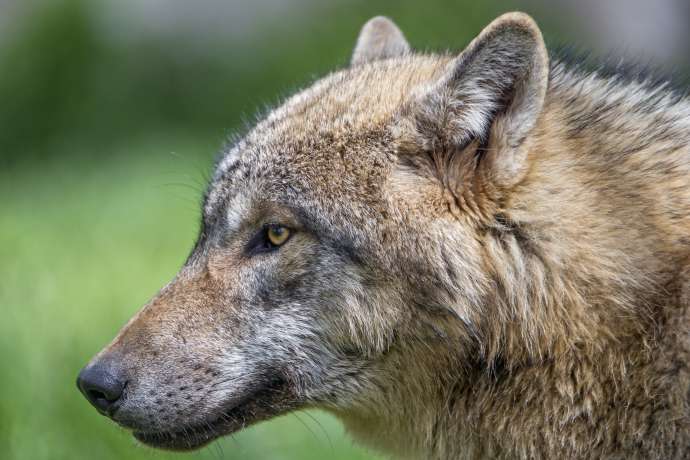STA, 29 May 2019 - Several local civil initiatives demand legislative changes and an immediate cull of bears and wolves in areas where livestock is being attacked, in what is an escalation of long-simmering tensions over how to deal with Slovenia's growing population of large carnivores.
In a letter addressed to Prime Minister Marjan Šarec earlier this week, three civil initiatives demand that hunters immediately shoot the number of bears and wolves designate for culling by the Forest Service.
They also want jackal, whose numbers have been growing rapidly in recent years, to be designated as game animal.
Related: Hunting an Ageing Pursuit in Slovenia, and Killing a Bear Costs Between €600 and 6,500 (Feature)
The appeal is the latest instalment of a long dispute that has pitted environmentalists against farmers, scientists and hunters in a fight over what to do with large game in Slovenia.
The bear and wolf population is kept in check with an annual cull and this year the Forest Service proposed that 200 bears be shot, a decision based on scientific estimates of the bear population. Wolves are not slated for culling this year.
But environmentalists challenged the subsequent government decree at the Administrative Court, which refrained from deciding on the cull as such but ordered the government to adopt a new decree setting the number of animals slated for culling.
In the meantime, farmers are reporting increasing damage by bears and wolves and have recently staged a protest in Ljubljana bringing cadavers of animals killed by bears.
The civil initiatives from Kočevje, Notranjska and Primorska, areas in western Slovenia that are home to Slovenia's bear population, now demand that the government also change the law to give expert institutions including the Forest Service, Hunting Association and Chamber of Agriculture and Forestry exclusive say over culling.
Related: In Search of Brown Bears in Slovenia
"The decision-making procedure must be exempt from the legal frameworks of the administrative procedure law and preclude the option of appeal from anyone," the associations said.
Locals would have majority say in any culling decisions and no projects involving large carnivores or other game would be possible without local approval.
Another major demand is to bring the population levels of large carnivores, deer and wild boar to 1990 levels to reduce damage to forests and farmland.
Slovenia is considered by many as a role model for management of large carnivores, but its linchpin has been the regular culling of a very healthy and growing population.
From near extinction in the early 20th century, the population rose to an estimated 700 animals by 2015, according to data by the Biotechnical Faculty.
Scientists have warned that acceptance by locals is key to management as well, with Klemen Jerina, one of the most prominent bear researchers in Slovenia, recently saying that they support the cull of 200 animals.
"But we've come to a point where we believe there are enough bears. If the number continues to grow, the number of conflicts will increase as well," he said in February.
Environmentalists, on the other hand, base their opposition to the cull on the animals' inherent right to live.







